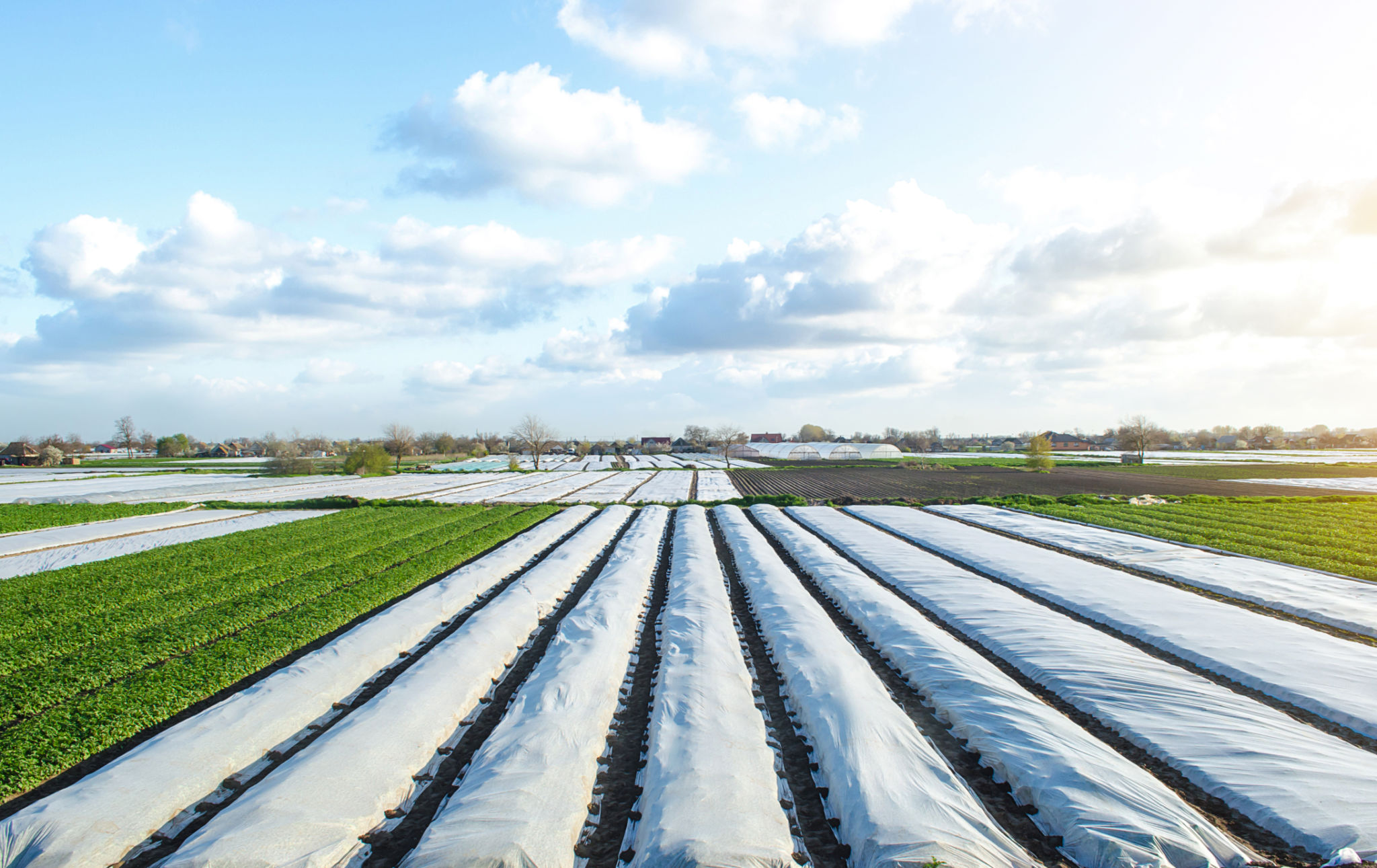Seasonal Maintenance Tips for Floating Covers in Agriculture
Understanding the Importance of Seasonal Maintenance
Floating covers in agriculture play a crucial role in protecting crops from external elements while maintaining a controlled environment. As the seasons change, these covers require special attention to ensure they continue functioning effectively. Regular maintenance not only extends the lifespan of the covers but also enhances their performance, safeguarding your agricultural investments.

Inspecting for Wear and Tear
The first step in seasonal maintenance is conducting a thorough inspection for any signs of wear and tear. Look for punctures, tears, or weak spots that may have developed over time. It’s essential to address these issues promptly to prevent further damage. Use a patch kit specifically designed for your type of cover to fix minor damages.
Additionally, pay attention to edges and seams, as these areas are often more susceptible to damage. Reinforcing or repairing seams can prevent future issues and maintain the integrity of the cover.
Cleaning and Debris Removal
Over time, floating covers can accumulate dirt, debris, and algae, which can impede their functionality. Regular cleaning is necessary to keep them in optimal condition. Use a soft brush and mild detergent to clean the surface gently. Avoid harsh chemicals that might degrade the material.

In addition to cleaning, ensure that any debris or organic matter on top of the cover is removed. This not only helps in maintaining aesthetics but also prevents unnecessary weight and potential damage.
Adjusting for Seasonal Changes
As seasons transition from warmer to cooler temperatures or vice versa, adjustments may be needed to ensure that the floating covers are appropriately fitted. In colder months, consider tightening the covers to prevent wind damage, while in warmer months, ensure there is adequate slack for expansion.
Consider the specific needs of your crops during each season and adjust the covers accordingly. This might include modifying ventilation or adjusting tension to accommodate growth cycles.

Checking Anchors and Support Structures
The anchors and support structures are vital components that keep floating covers securely in place. Conduct a regular inspection of these elements to ensure they remain robust and effective. Replace any weakened or damaged anchors promptly to prevent the cover from shifting or becoming dislodged during adverse weather conditions.
Ensure that all connections are tight and secure, as loose fittings can lead to significant problems over time. Regular checks can help maintain stability and prevent unexpected failures.
Scheduling Regular Maintenance
Establishing a regular maintenance schedule is key to extending the lifespan of floating covers in agriculture. This proactive approach allows you to identify potential issues early and address them before they escalate into major problems.
Create a checklist of maintenance tasks tailored to each season, ensuring that nothing is overlooked. This structured approach not only saves time but also ensures comprehensive coverage of all essential maintenance activities.
Conclusion
Proper seasonal maintenance of floating covers is essential for sustaining agricultural productivity and protecting valuable crops. By following these tips, you can ensure that your floating covers remain effective throughout the year, providing reliable protection against environmental stresses. Remember that consistent care and attention are the best ways to secure long-term benefits from your investment.
